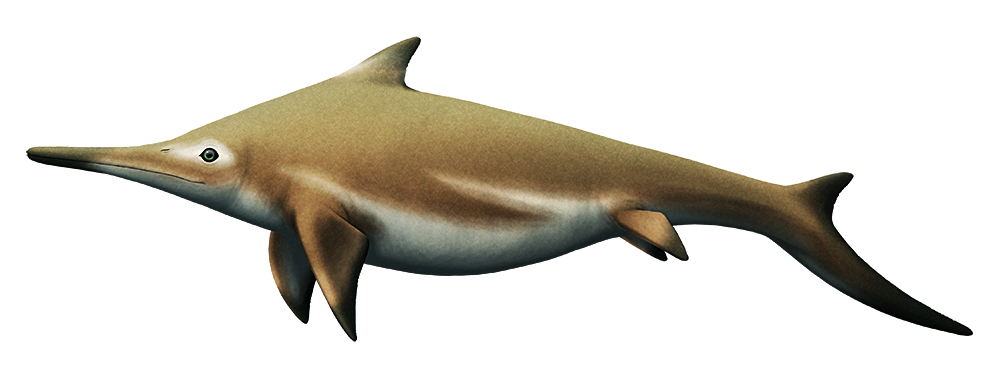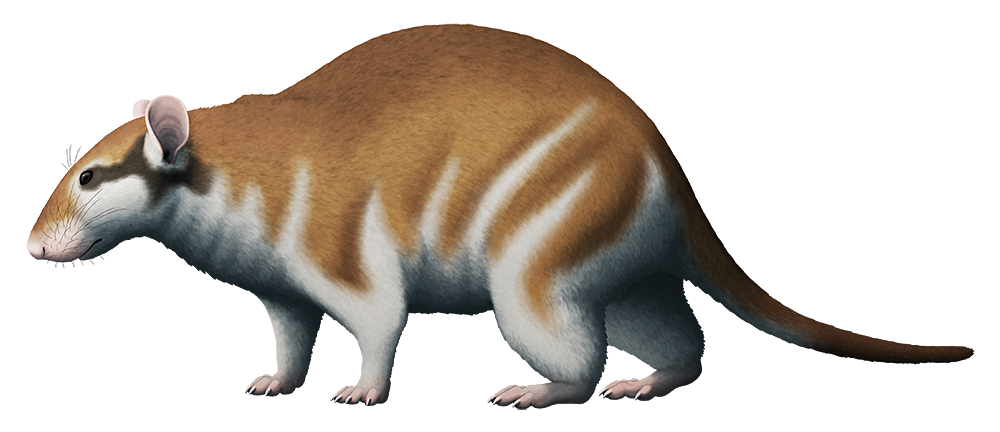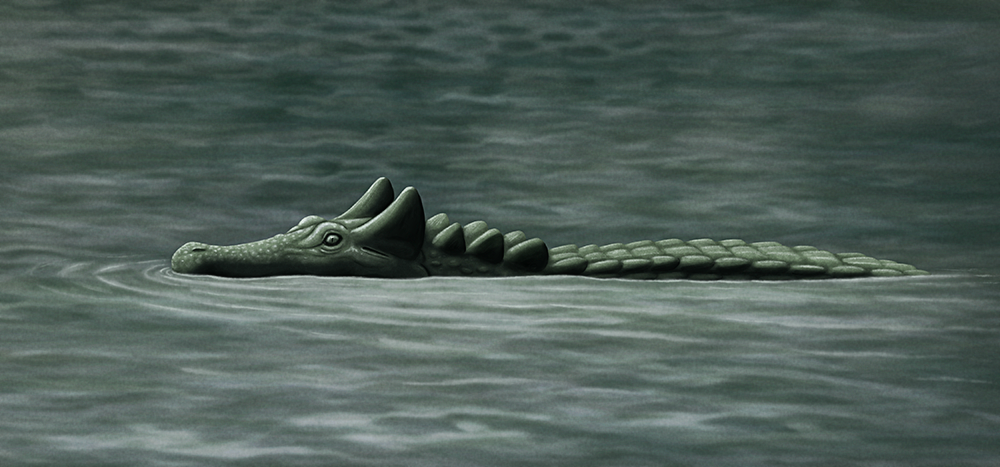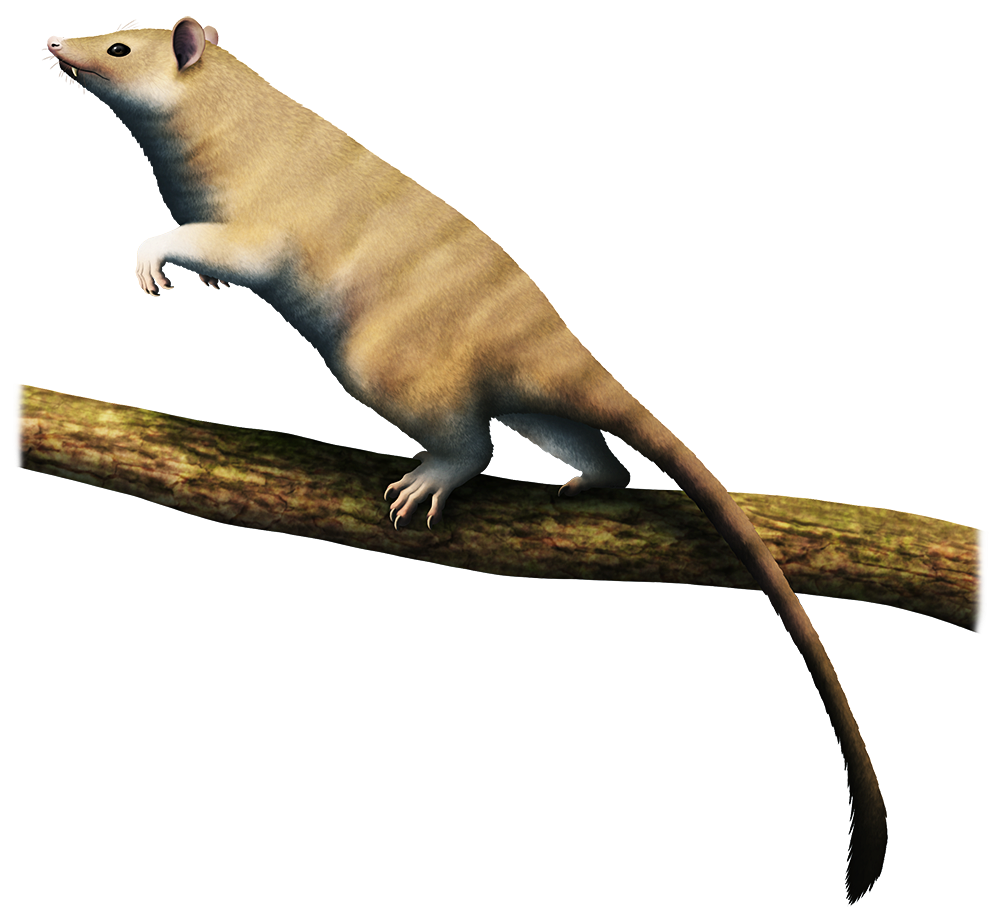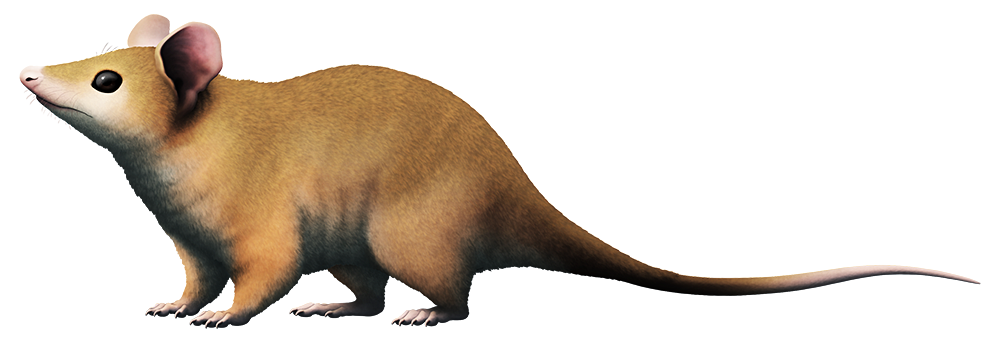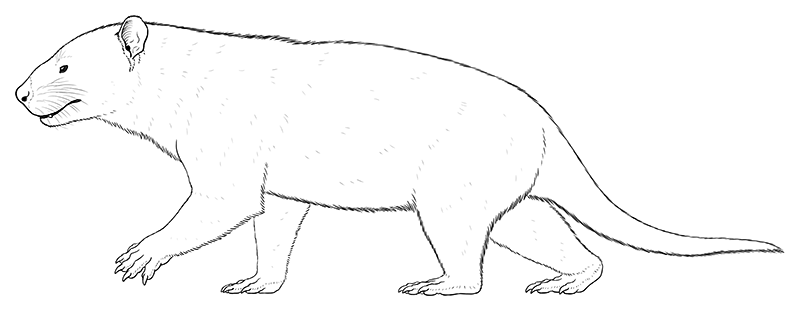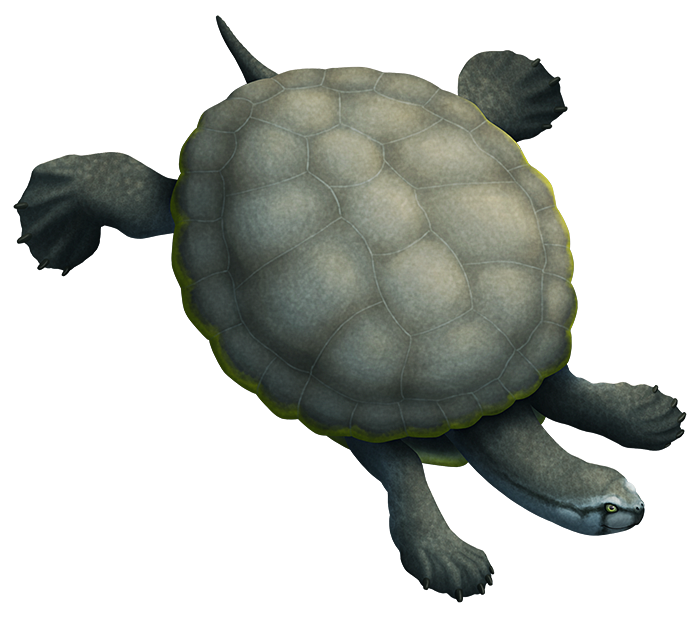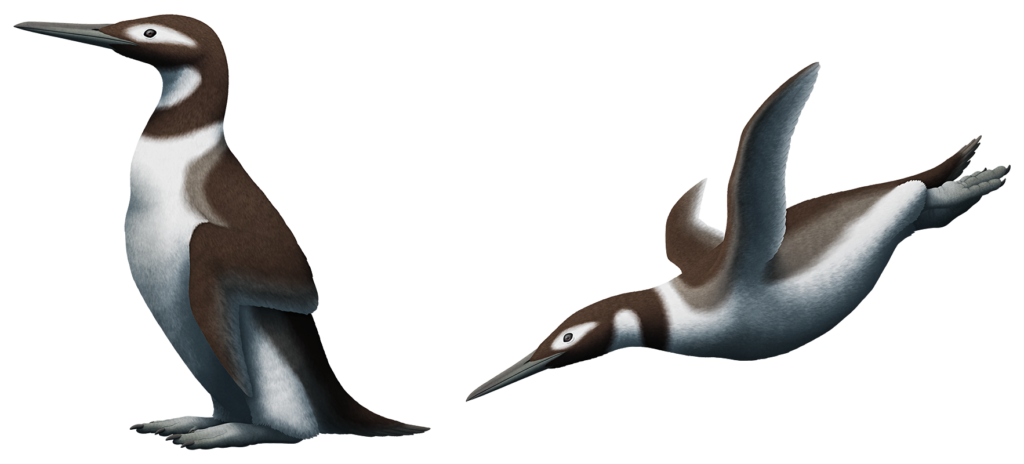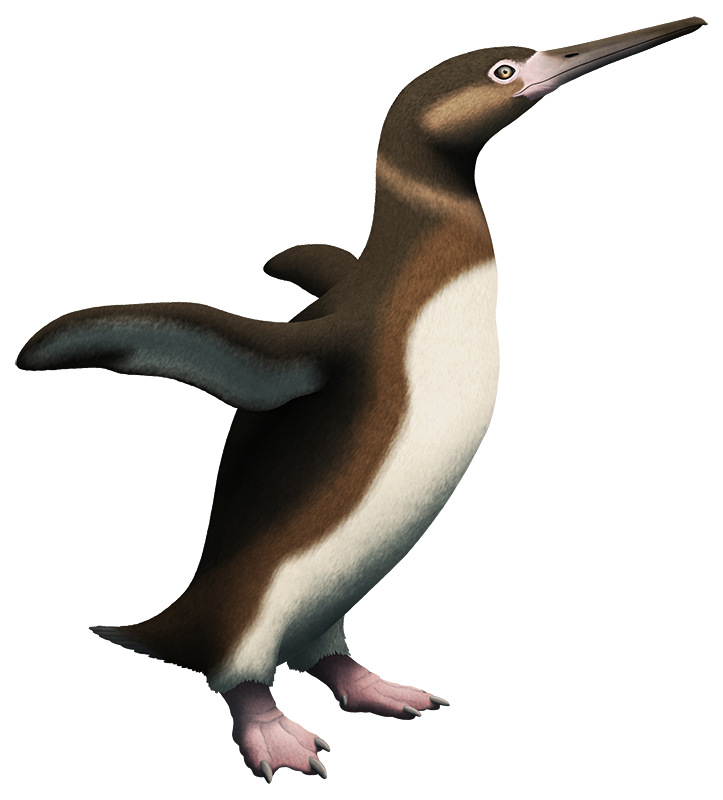Mixosaurus cornalianus here was a small early ichthyosaur, only about 0.8-1m long (2’7″-3’3″) and generally considered to be transitional between the eel-like swimming style of basal forms and the more dolphin-like later forms. Living during the Middle Triassic, about 242 million years ago, it inhabited a shallow tropical sea that covered what is now the modern border between Switzerland and Italy.
It was previously thought to be a slow swimmer with a low and poorly-developed tail fin, and whether it even had a dorsal fin or not was unclear. But now new specimens with soft tissue impressions have given us a big surprise.
Not only did it actually have a fairly well-developed semilunate tail fin, but it also had a dorsal fin positioned much further forward on its body than expected, giving it a shape similar to some small sharks and representing the current earliest known dorsal fin of any amniote.
Bundles of stiffening collagen fibers inside its fins were very similar to those known from later Jurassic ichthyosaur species, indicating that this adaptation evolved much earlier in the lineage than previously thought. Along with stomach contents showing it mainly ate both cephalopods and small fish – fairly fast-moving prey – this suggests it was a capable open-water swimmer. It wouldn’t have been quite as speedy as its much more specialized Jurassic relatives, but it may have still been about as efficient as the small modern sharks it resembled.

